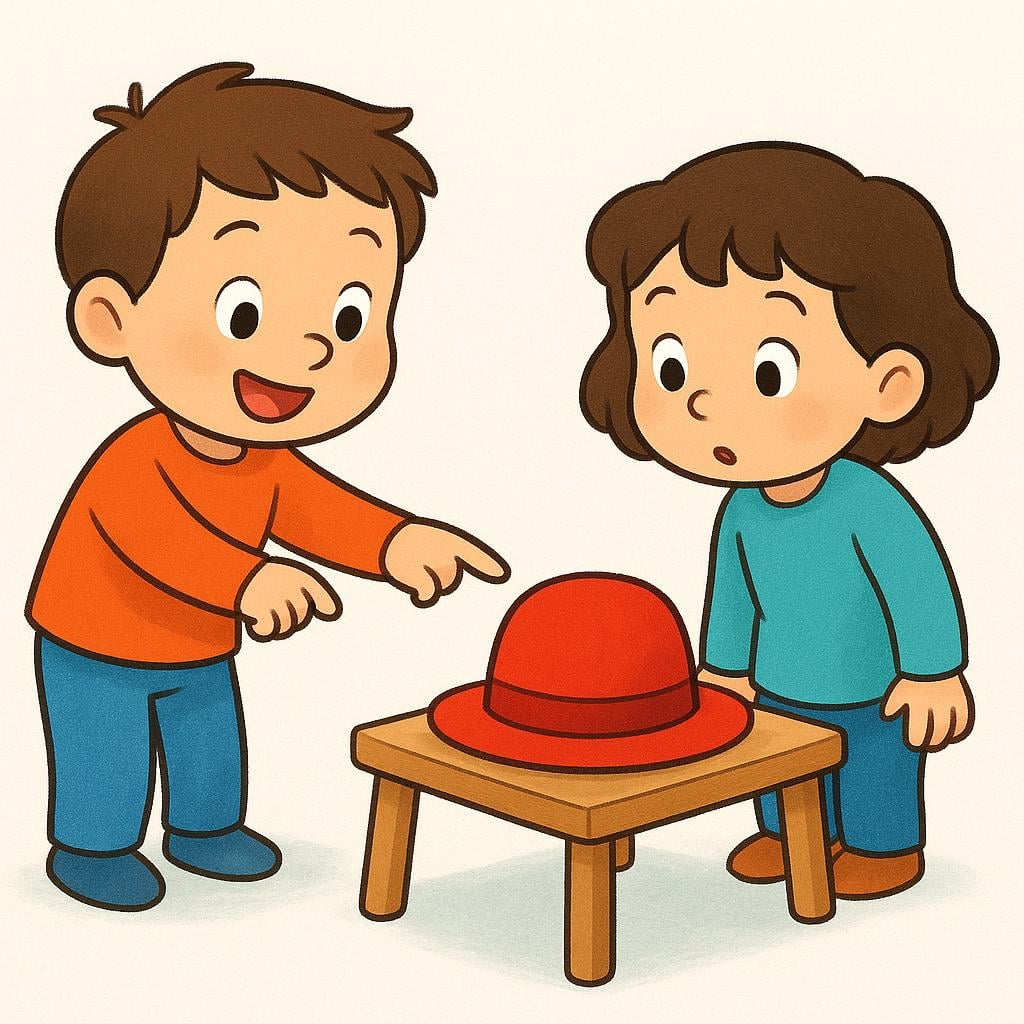
ése
eh-seh
📝 In Action
No me gusta este abrigo, prefiero ése.
A1I don't like this coat, I prefer that one.
¿Cuál de los coches es tuyo? —Ése de allí.
A2Which of the cars is yours? —That one over there.
Mi hermano es el alto. Sí, ése que está hablando con la profesora.
B1My brother is the tall one. Yes, that one who is talking to the teacher.
💡 Grammar Points
Pointing Out 'That One'
Use 'ése' to replace a masculine noun that's near the person you're talking to, or that you've both just mentioned. It's the perfect word for pointing something out that isn't right next to you, but is close to your listener.
The Accent Mark (Tilde)
The little line over the 'e' (é) is a clue that 'ése' is standing in for a noun. Its partner word, 'ese' (no accent), goes before a noun ('ese coche'). The official rule-makers now say this accent is optional, but many people still use it to be extra clear.
❌ Common Pitfalls
Mixing up 'ése' and 'eso'
Mistake: "Cuando ves una cosa extraña: *¿Qué es ése?*"
Correction: The better way is: *¿Qué es eso?* Use 'eso' (the neutral one) for unknown objects, ideas, or situations. Use 'ése' only when you know the thing you're replacing is masculine, like 'el libro' (the book) or 'el perro' (the dog).
Using it for Feminine Nouns
Mistake: "Me gusta la camisa. Voy a comprar ése."
Correction: Correct version: *Me gusta la camisa. Voy a comprar ésa.* Since 'camisa' (shirt) is a feminine word, you need to use the feminine version, 'ésa'.
⭐ Usage Tips
A Simple Rule for Distance
Think about where things are. éste = this one (near me). ése = that one (near you). aquél = that one over there (far from both of us).
✏️ Quick Practice
💡 Quick Quiz: ése
Question 1 of 1
You see a dog near your friend across the park. You want to say 'That one is cute!'. Which word do you use?
📚 More Resources
Frequently Asked Questions
Is it ever okay to write 'ese' without the accent mark when I mean 'that one'?
Yes, officially it is. The Royal Spanish Academy (the group that makes the rules) decided the accent is no longer required because the meaning is usually clear from the sentence. However, many writers, teachers, and native speakers still prefer to use 'ése' with the accent to be perfectly clear that it's a pronoun replacing a noun. It's a good habit to learn!
How do I choose between 'ése' and 'aquél'?
It's all about distance! Use 'ése' for something that's a medium distance away, often near the person you're talking to. Use 'aquél' for something that's far away from both of you, like 'that mountain over there'.